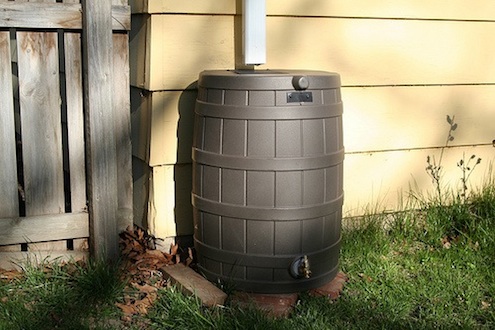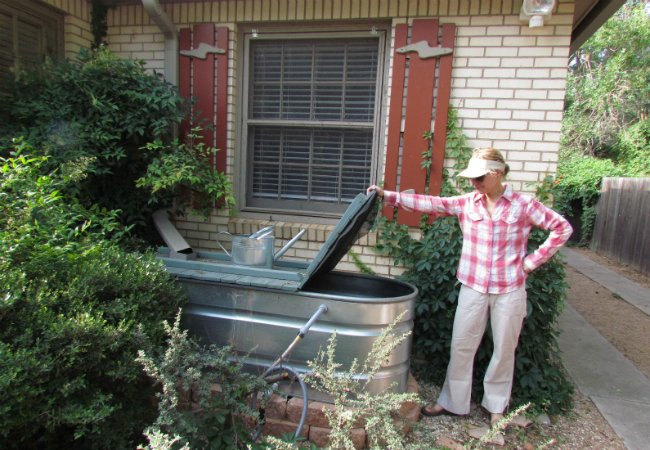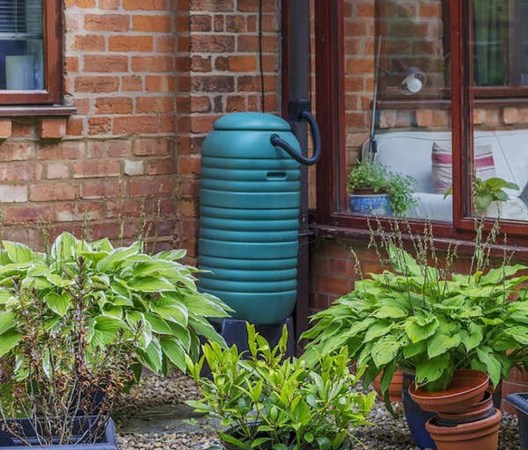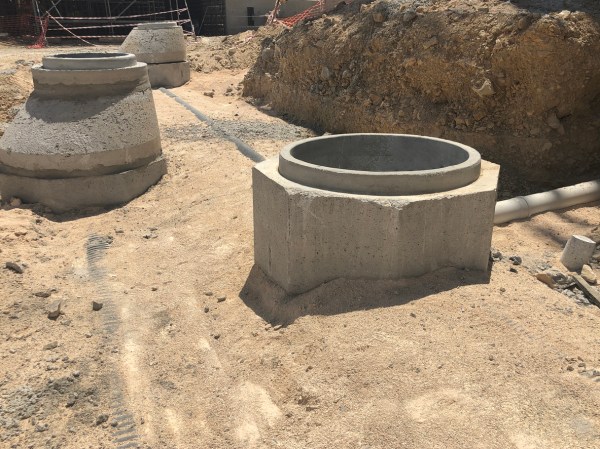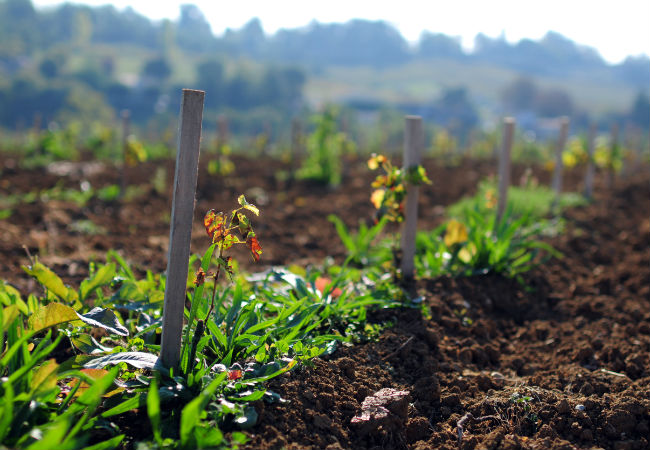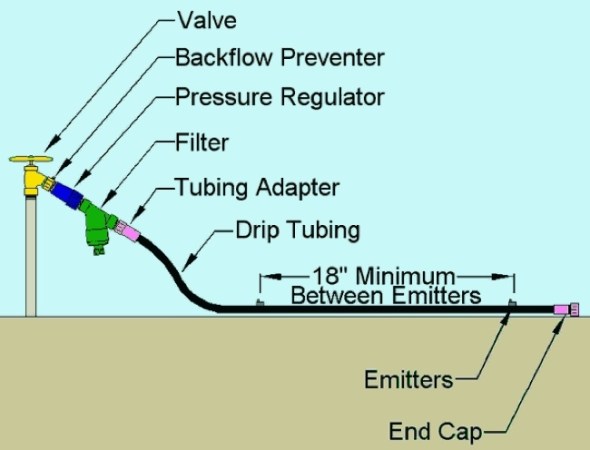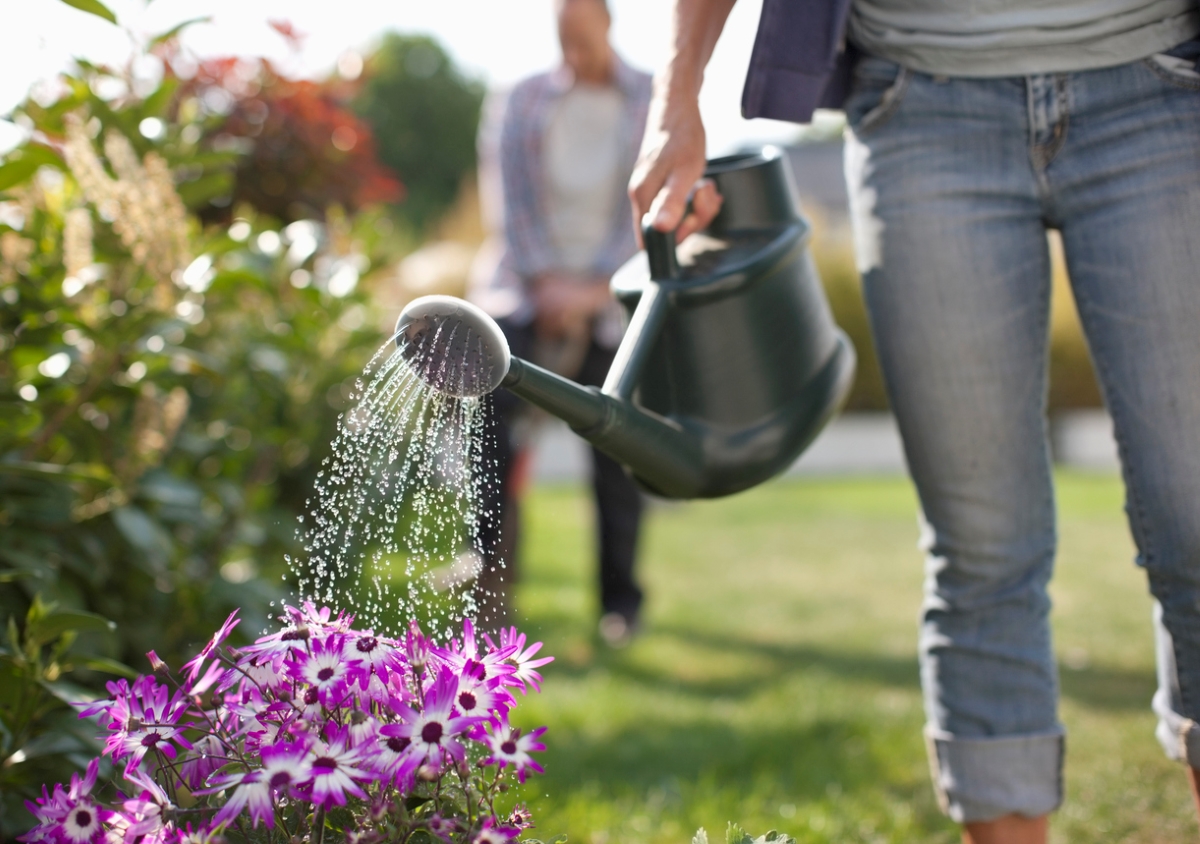We may earn revenue from the products available on this page and participate in affiliate programs. Learn More ›
People have been harvesting rainwater for thousands of years. In the last decade, the practice has emerged as a popular way to cut costs and help the environment. A variety of kits exists on the market, but if you have the luxury of a free afternoon, it’s easy to devise your own setup. You only need five ingredients, the bulk of which you probably own already. Follow the recipe below:
1. Roofing
First things first, you need a roof—any roof, in just about any size or shape. The pitch of your roof will partially determine the amount of rain available for collection. Two other important determining factors are the climate and average annual rainfall in the region where you live.
2. Gutters
Normally the downspouts of gutters empty onto the ground a few feet away from the foundation. A typical rainwater harvesting system links gutter discharge to a collection area. Because gutters are prone to collecting debris, plan to keep them clear with regular maintenance or by installing gutter guards.
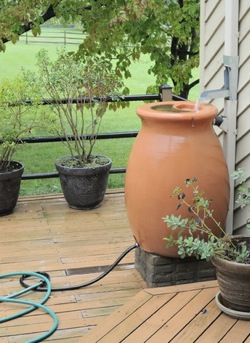
3. Collection Area
If you intend to harvest rainwater for use in the garden, be prepared to purchase or make a rain barrel. Position the barrel on level ground, and as it fills up with water, remember that the barrel will become harder to move. As the season progresses, it may be necessary to adjust the connection between your downspout and barrel.
Caution: Limit the top opening of your rain barrel to a narrow diameter so that neither thirsty animals nor curious children are at risk of falling in.
Alternatively, skip the rain barrel altogether and angle your downspouts towards those sections of the landscape in need of water. The velocity of water exiting the downspouts may create furrows in the earth; adjust their placement accordingly.
4. Distribution System
Don’t let the term “distribution system” intimidate you; it’s as simple as a garden hose or watering can. The ideal approach depends on the design of your rain barrel.
5. Filtering System (Optional)
Want to drink the rainwater that you’re collecting? Consider either floating filters or a sand filtration system. Homeowners harvesting water for personal use are advised to review relevant state regulations.
Great Expectations
There’s little need to worry about gathering too little rain to justify the effort. According to Water Wise at the University of Arizona, one inch of rain on a 1,000-square-foot roof results in up to 600 harvested gallons!
Further Resources
Rainwater harvesting may qualify you for a tax incentive. Visit these sites for more information on financial incentives and making the most of your collection system:
